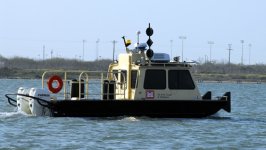JamesTXSD
Active member
- Joined
- Mar 1, 2005
- Messages
- 7,494
- Reaction score
- 2
- C Dory Year
- 2007
- C Dory Model
- 25 Cruiser
- Hull Identification Number
- TBA
- Vessel Name
- "Wild Blue" (sold 9/14)
Great photos, Larry!
Last night was an incredibly bright moon... looking out at the water, the white decks of boats were clearly visible, two hours after sunset. What are the Rules regarding nav lights in this situation?
Last night was an incredibly bright moon... looking out at the water, the white decks of boats were clearly visible, two hours after sunset. What are the Rules regarding nav lights in this situation?


